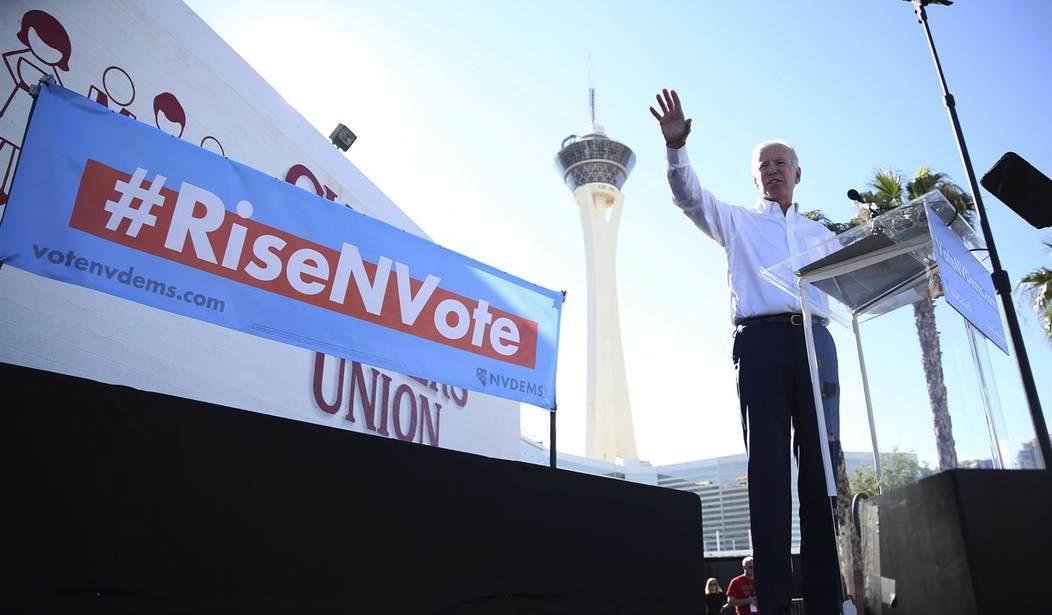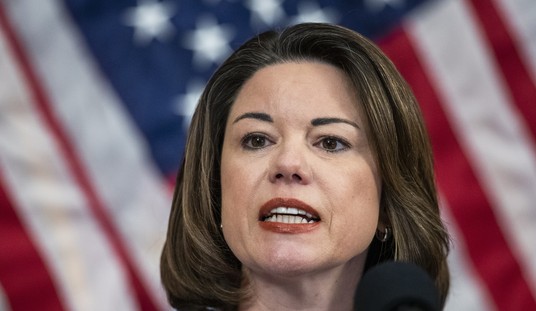This same process may work equally well in other states, but systemic ballot fraud is quite easy in Nevada if there are election officials willing to allow it to be perpetrated.
Registering to vote in Nevada is not much different than any other state — but the registration process in Nevada requires no step that actually seeks to establish the applicant’s right to lawfully cast a ballot in Nevada.
The registration application requires the individual to provide a state driver’s license or state identification number. BUT, having neither is not a basis to deny the application. For persons who lack those items, the application simply requires the last four digits of a Social Security Number.
The application must be signed, and that signature is then scanned into a database of voter signatures. Mailed-in ballots and absentee ballots are signed by the voter on the return envelope, and the “verification” process is that the signature on the envelope will be “matched” to the scanned signature on file to establish that the person who signed the ballot envelope is the same person who registered.
Here is the website. Go through the process yourself and look at the information required by the application form.
The first problem with this system is that you could take names from a 20-year-old phone book in Nevada, complete and sign the registration applications, then sign the same names on a ballot envelope and that vote would be counted. The person could be dead or have moved to another state, but there is no process in Nevada to “verify” in any meaningful way the entitlement of the person listed on the application to cast a vote. Because the signatures matched, the ballot would be accepted and counted.
Also keep in mind there was a significant “bait and switch” involved here too. It was Democrats and Democrat interest groups who pushed for expanded vote-by-mail due to COVID 19 concerns. It was the “signature matching” requirement — already used for “absentee ballots” on a much smaller scale — which would prevent fraud with mail-in ballots in the same way it prevented fraud with absentee ballots.
But after the use of mail-in balloting was vastly expanded, Democrats and Democrat interest groups started filing lawsuits around the country in the weeks before the election to throw-out signature matching requirements on the basis that the election workers who would be tasked with making such matches were insufficiently trained to authenticate handwriting. Because “false” mismatches would be likely, resulting in valid ballots being rejected based on election worker error, the Democrat groups sought court orders blocking enforcement of the signature matching requirements. Democrat groups won some of these suits in district court, but I believe those decisions were all overturned by appeals courts. But it simply demonstrates the duplicity of the Democrats in pushing for vote-by-mail, assuring all that signature matching would minimize fraud, and then suing to eliminate signature matching on the eve of the election.
But a second issue involves the “signature matching” requirement itself. Today there is published in the Las Vegas Review-Journal an opinion piece by Victor Joecks, a regular columnist on the Review Journal’s OpEd page.
Prior to the election, Joecks enlisted the assistance of 9 friends to test the signature matching verification system used in Clark County — an automated system that used a computer program to quickly compare the signature on file with a scanned image of the signature appearing on the ballot envelope. Each of the 9 individuals completed their mail-in ballots and sealed them inside the envelope themselves.
On a separate piece of paper, Joecks — in his own handwriting — wrote out the name of each of the 9 voters in cursive. Those 9 individuals then took Joeck’s handwritten version of their names and traced it onto their return envelopes in the location where their signatures were required.
So each ballot envelope had the correct voter’s name written into the box as required — written by the voter him/herself so there was no election law violation. But the “style” of the signature was the style of Joeck’s writing, not the style that each of the voters if they had signed their own names themselves. The signatures were purposely made to not match the signatures for each registered voter on file.
What Joecks reveals in his column today is that Clark County records show that 8 of the 9 ballots were accepted, and the votes were recorded after going through the automated “signature matching” process used in Clark County to verify the mailed-in ballot as legitimate.
That is an 89% failure rate of the “signature matching” safeguard that state and county election officials in Nevada — and elsewhere — have assured everyone is a basis upon which to rely on their claims that no “systemic” fraud impacted the outcome of the November 3, 2020 election.
There are affidavits and anecdotal reports from persons in Clark County that ballots were being filled out on election day by campaign workers and then submitted in ballot return envelopes.
There are confirmed cases of votes being cast in Nevada by people who have been dead for many years. There are confirmed cases of votes being cast in Nevada by individuals who moved out of the state prior to the election, and who are no longer eligible to vote in Nevada.
Yet the Secretary of State and Clark County Election officials assure everyone that the “signature matching” requirement is a safeguard against fraud. As for the documented cases of fraud, those same officials — Democrats all — don’t see to care according to Joecks:
County officials aren’t working proactively to determine whether unscrupulous actors abused this vulnerability in a widespread fashion. Gloria’s office doesn’t “have an investigatory team.” He said his office catches fraudulent votes “when they’re reported to us.” So if a criminal doesn’t admit he committed voter fraud, Clark County is unlikely to find out about it. Willful ignorance isn’t an election security strategy.
Several thousand votes separate Biden and Trump in Nevada. But with a “verification” system that is meaningless, that number of votes could be produced with very little effort if there was an organized and deliberate desire to do so.














Join the conversation as a VIP Member